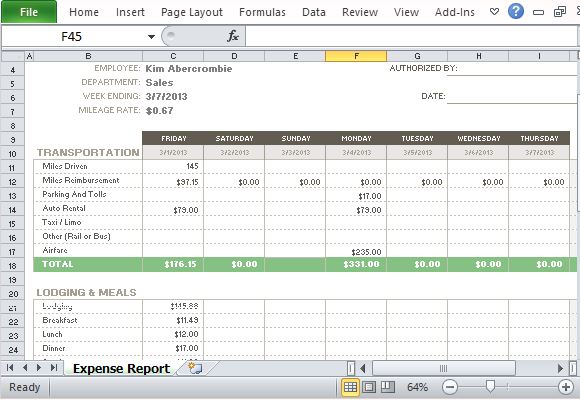


You can also insert rows in the table the traditional way. The invoice number is not used anywhere else in the template.Īdding more rows: The time tracking log table uses Excel's special Table feature, so you can add more rows to the bottom by just dragging the bottom corner of the table down. This would be mainly for record-keeping purposes. Tracking Invoices: In addition to indicating whether hours have been billed, you may want to include the associated Invoice number. You could enter another value such as "n/a" if you want to track work that is not billable. After you bill for hours worked, update the time log by putting an "x" in the Billed column. Marking Hours as Billed: The spreadsheet does not include an invoice, but you can download an invoice template to use along with this time tracker. Monitor Hours Worked: The top of the worksheet summarizes total hours worked for the current day, the current week, and a custom time period that you can change by entering the start and end dates. The Task ID list is dependent on the Project ID, so the items in the drop-down list will change based upon the Project ID that you choose. Projects and Tasks: The Project ID and Task ID columns use Data Validation to create drop-down lists that let you select from the current active set of projects. If you took breaks that should not be included in billable hours, you can enter the time in minutes.

The screenshot above shows the TimeLog worksheet, where you record hours worked by entering the date, project, task, start time and end time.


 0 kommentar(er)
0 kommentar(er)
